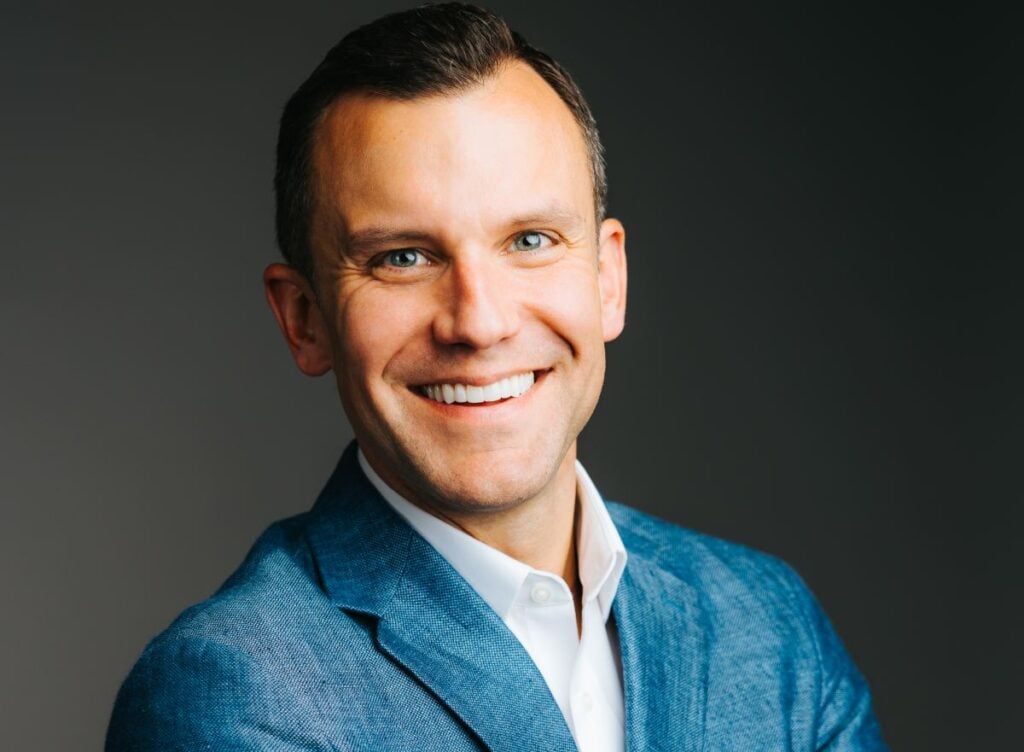Inflation, surging hospital costs and skyrocketing pharmaceutical prices are rapidly eroding human capital budgets. For CFOs already under pressure to cut costs, healthcare benefits present both a challenge and an opportunity.
In fact, 54 percent of CFOs surveyed by Chief Executive Group Research and Roundstone Insurance for the 2025 Health Plan Readiness Study said cost-cutting was a top priority this year, and for nearly half of them (48 percent), healthcare spending was at the top of that list. Over 80 percent agreed that rising healthcare costs were hurting their organization’s bottom line.
Is there an actionable, strategic framework to help CFOs reclaim financial control while delivering benefit plans that truly support worker health and outcomes? Here are some tips and recommendations for developing one.
The Status Quo Drains Returns
Fully insured plans, despite their familiarity, come with double-digit premium increases and limited cost visibility. Nearly 40 percent of CFOs describe the challenge of balancing rising costs with employee expectations as a constant battle. In fully insured environments, almost half of all CFOs report facing significant or growing strain.
Recommendation: Begin by measuring the return on investment (ROI) of your current plan. Evaluate metrics such as premium vs. coverage (used by 72 percent of CFOs), total employer cost (78 percent), and especially per employee per year (PEPY)—a critical number tracked by 68 percent of CFOs, even though 55 percent are unfamiliar with its national benchmarks.
Embrace Self-Funding Through a Captive
Group captive self-funding introduces CFOs to an innovative model that replaces unpredictability with transparency and pooled risk protection. Among companies already using captives, only 5 percent report significant issues balancing cost with benefits quality—compared with 47 percent in fully insured plans.
Recommendation: Evaluate if your company—ideally between 25 and 1,000 employees—can transition to a captive structure. CFOs using captives are much more likely to track cost per employee and actively gather employee feedback.
Harness Risk Pooling and Stop-Loss to Protect Returns
Captives reduce volatility through pooled risk-sharing and stop-loss insurance. While 73 percent of CFOs in traditional self-funded plans worry about cost spikes, only 18 percent of those in captives express healthcare as a top concern. Captives also offer the direct return of unused premium funds, increasing financial efficiency.
Recommendation: Choose a captive partner with a strong track record of cost control, low collateral requirements and transparent reporting. CFOs in captives report greater familiarity with their plan data and more confidence in future projections.
Plan Proactively with Flexible Budgeting Models
Self-funded models allow for flexible budgeting—something 80 percent of CFOs already do by assessing their health plan’s value annually.
Recommendation: Use a funding approach like “funding to max” or “expected cost planning” to maintain predictability. Maintain reserve buffers, separate funds in escrow and build your budget based on data—especially from prior-year claims and pharmacy spend.
Build a Team Focused on Value Creation, Not Just Plan Maintenance
The right vendors make the difference. Many CFOs question whether their current broker is doing enough to lower costs. Your benefits advisor should drive year-round plan optimization. Your third-party administrator and PBM should deliver real-time claims data and pass-through Rx savings—critical when pharmaceutical inflation was named a primary driver of costs by multiple CFOs in 2025.
Recommendation: Surround yourself with partners who prioritize fiduciary duty, transparency and flexibility. Ensure alignment between vendor compensation and your savings goals.
Use Claims Data as A Strategic Compass
CFOs say that detailed data on health utilization and claims would be the most helpful in evaluating the value of their plan. Access to this data is crucial for identifying avoidable mid-tier claim costs, which are more frequent than catastrophic events, and for spotting runaway pharmaceutical spending.
Recommendation: Secure at least a year’s worth of claims data. Then, assess trends by diagnosis category, provider type and pharmacy utilization. Target early wins, such as tiered formularies, narrow pharmacy networks and chronic condition programs.
Remove Barriers to Change
Nearly 38 percent of CFOs cite implementation complexity as a major barrier to changing benefits strategy. Another 37 percent say budget constraints stand in the way.
Recommendation: Look for partners that offer first-year savings guarantees or financial risk-sharing. Highlight ROI potential to your CEO or board—especially if you’re one of the 40 percent of CFOs reporting direct pressure from leadership to reduce healthcare costs.
Measure What Matters to Track True Financial Performance
Traditional metrics like annual renewal increases tell only part of the story. Savvy CFOs—especially those utilizing captives—track more strategic KPIs. PEPY, employee satisfaction and utilization efficiency all paint a more complete picture.
Recommendation: Rely on your broker and vendors to secure a KPI dashboard that includes financial, utilization and sentiment metrics. Monitor them quarterly and benchmark them against national and industry norms.
Reframe Benefits as an Investment with Tangible Returns
With 99 percent of CFOs acknowledging it’s their responsibility to manage healthcare spend, it’s clear this isn’t just an HR issue—it’s a finance priority. With inflation and rising medical costs continuing to consume a larger portion of the human capital budget, self-funding through a captive isn’t just strategic—it’s transformative. When structured properly, these models reduce costs, protect against volatility and empower CFOs with data for better decisions.
Even amidst economic uncertainty, the opportunity for control, predictability and long-term savings has never been greater.
Next Steps for CFOs
- Benchmark your current plan’s performance and clarify your PEPY.
- Explore the feasibility of a group captive and model potential returns.
- Align finance and HR leaders around shared cost-value goals.
- Select a partner that offers implementation support and first-year guarantees.
- Make healthcare KPIs a standing agenda item in quarterly finance reviews.
In 2025, cutting costs is essential—but maximizing return is the true goal. A smarter healthcare strategy lets you do both.
See Roundstone’s CFO Guide to Managing Escalating Healthcare Costs.







